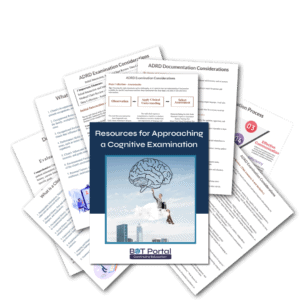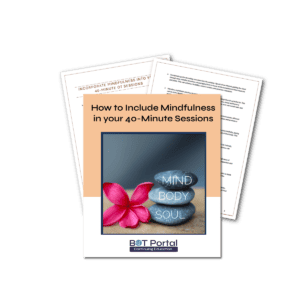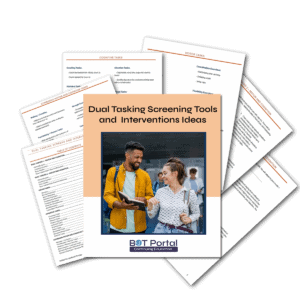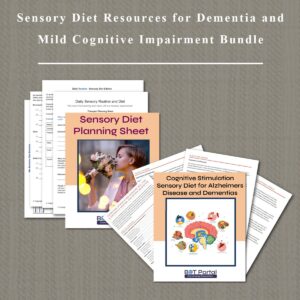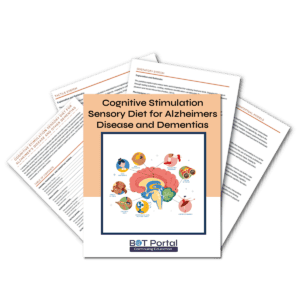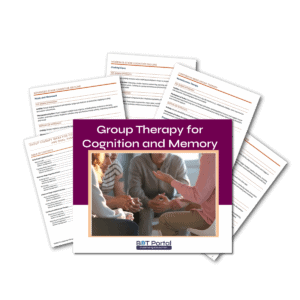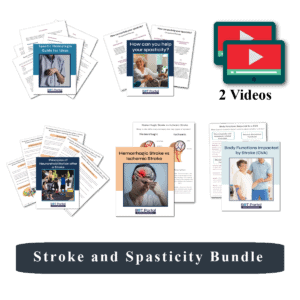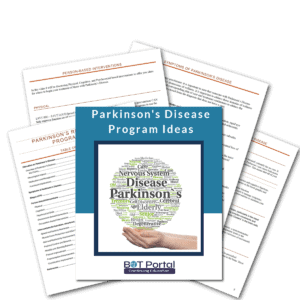
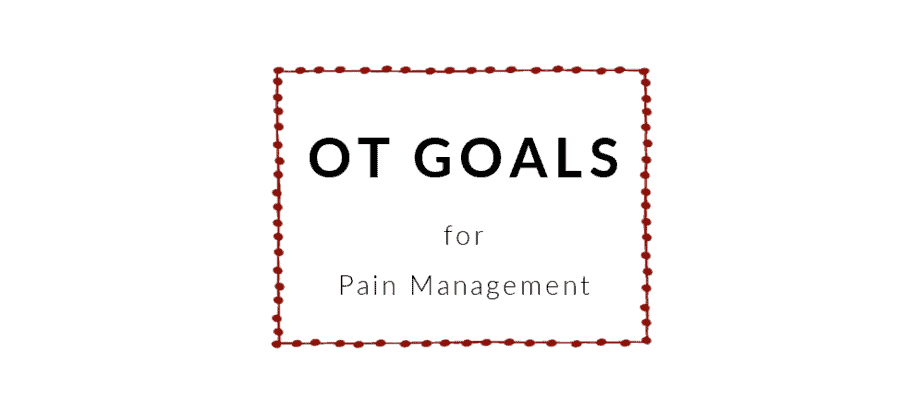
OT Goals for Pain Management
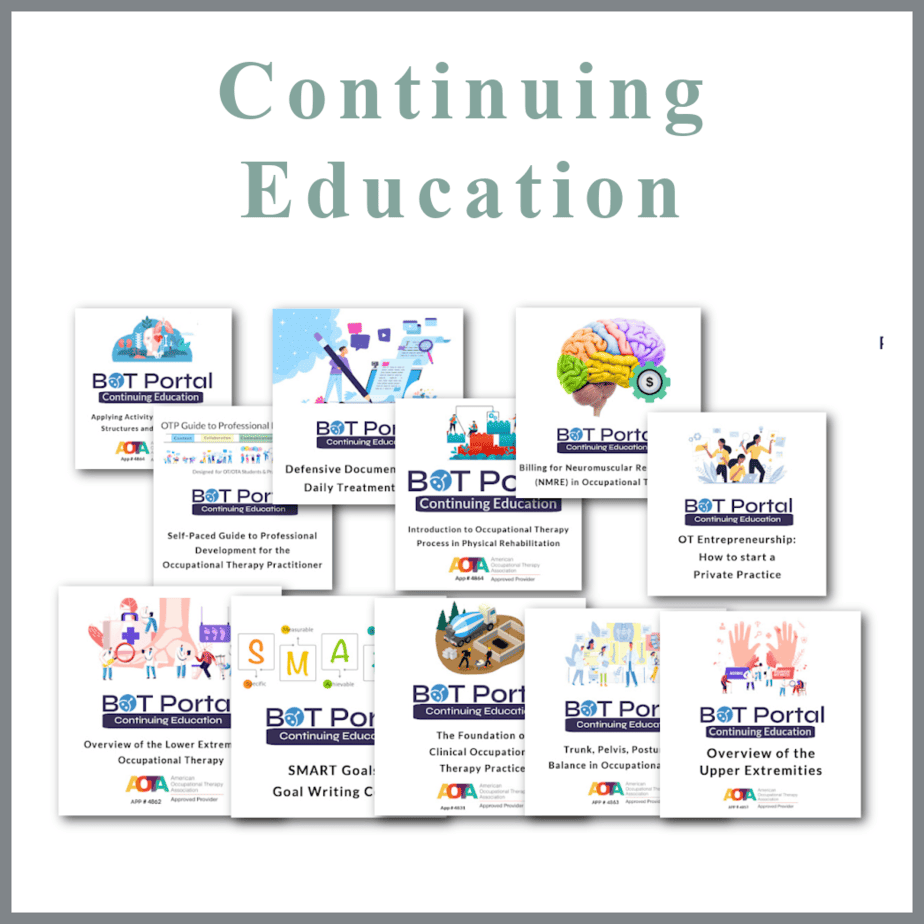



Membership Perks
Two Membership Options!
Your investment gives you resources to save you stress, self-doubt, and burnout as you become a confident and competent practitioner who can stand up for your professional point of view and scope of practice.
Occupational therapy plays a crucial role in pain management by addressing the physical, emotional, and functional aspects of pain to improve overall quality of life and functional independence.
Comprehensive Assessment: Occupational therapists conduct comprehensive assessments to evaluate the impact of pain on the individual’s daily life activities, functional abilities, and occupational roles. They assess pain intensity, location, quality, and duration, as well as factors that exacerbate or alleviate pain, such as posture, movement, and environmental triggers.
Activity Analysis and Modification: Occupational therapists analyze the individual’s daily activities, routines, and occupational roles to identify tasks that may exacerbate or contribute to pain. They collaborate with the individual to modify activities, adapt workstations, and implement ergonomic strategies to reduce strain, minimize pain triggers, and promote pain-free movement.
Pain Education and Self-Management: Occupational therapists provide education on pain physiology, pain management strategies, and self-care techniques to empower individuals to take an active role in managing their pain. They teach relaxation techniques, stress management strategies, and mindfulness-based approaches to help individuals cope with pain, reduce anxiety, and improve overall well-being.
Exercise and Activity Prescription: Occupational therapists prescribe individualized exercise programs tailored to the individual’s physical abilities, fitness level, and pain tolerance. They incorporate therapeutic exercises, stretching routines, and functional activities to improve strength, flexibility, and joint mobility, while minimizing pain and discomfort.
Assistive Devices and Adaptive Equipment: Occupational therapists recommend assistive devices, adaptive equipment, and ergonomic aids to support individuals with pain in performing daily activities and tasks. They assess the need for orthotics, splints, braces, or supportive devices to reduce joint stress, stabilize painful areas, and promote optimal biomechanics during functional activities.
Environmental Modifications: Occupational therapists assess the individual’s home, work, and community environments to identify environmental factors that may contribute to pain or limit participation in meaningful activities. They make recommendations for environmental modifications, such as ergonomic furniture, supportive seating, or adaptive tools, to create pain-friendly environments that facilitate activity engagement and promote independence.
Cognitive-Behavioral Interventions: Occupational therapists integrate cognitive-behavioral interventions into pain management interventions to address psychological factors that influence pain perception and coping. They teach cognitive restructuring techniques, problem-solving skills, and goal-setting strategies to help individuals challenge negative thoughts, manage stress, and develop adaptive coping mechanisms for dealing with pain.
Collaboration and Multidisciplinary Care: Occupational therapists collaborate with other healthcare professionals, including physicians, physical therapists, psychologists, and pain specialists, to provide comprehensive and coordinated care for individuals with pain. They participate in interdisciplinary treatment planning, share information about the individual’s functional status and progress, and coordinate interventions to address the complex biopsychosocial factors associated with pain.
Simple Goals for Pain Management
The patient will verbalize a decrease in pain level from (intensity/location) to (intensity/location) by x number of weeks.
The patient will demonstrate decreased functional deficits due to pain symptoms as evidenced by a score improvement from xx/10 to xx/10 on the [Perception-based Pain scale assessment, any] before/during/after activity performance with [xx] sessions.
The patient will verbalize an understanding of alternative pain management techniques xxxx, xxxx, xxxx after collaborative education and training as verified by therapist after patient-led discussion within xx weeks.
The patient [or caregiver] will communicate an understanding of positioning techniques to control pain/pressure as evidenced by verbal discussion with practitioner and demonstration of learned skills within [xx] days/weeks.
The patient [or caregiver] will demonstrate understanding and effective use of an orthotic/prosthetic device with its risk factors as evidenced by verbal discussion with practitioner and demonstration of learned skills within [xx] days/weeks.
Goals Continuums and Progressions for Pain Management
Perceived Pain Goal
The patient will demonstrate a decrease in overall perceived pain as evidenced by greater than or equal to at least a 25% or 14.75 points decrease on the Brief Pain Inventory Short Form on which she scored a 59/120 or 49% regarding the incapacitation she experiences from pain in right lower back, right hip, and descending radiating pain from nerve compression syndrome associated with Sciatic nerve.
Checkpoints:
- 4-6 sessions of modalities, vibration, manual therapy, and guided stretching 25%
- 4-6 sessions of modalities, vibration, manual therapy, and guided stretching PLUS movement integration 50%
- 1-2 sessions of mobility based training to confirm effective pain relief and provide transition to discontinuation of therapies. 75%
- Re-test and goal completion 100%
Browse the Resource Store!
Don’t want to pay for each PDF individually? No problem! The BOT Portal Membership comes with all printable resources and more!

